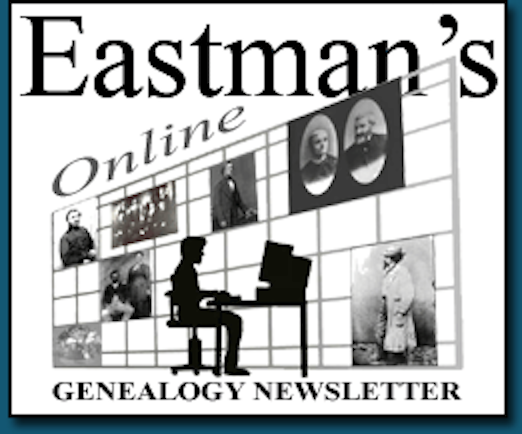A new online resource opens Ireland’s transport heritage to the public with a genealogical database of almost 7,000 names.
Minister for Transport, Darragh O’Brien, officially launched the CIÉ Group Archives Online Catalogue at the Salesforce Building, North Wall Quay, Dublin, a building which once formed part of Dublin’s historic railway infrastructure.
Following an ambitious programme of conservation, cataloguing, and digitisation, over 166,000 pages of material, dating back to the early 19th century, have been digitised, and thousands of historical documents are now accessible to the public.
The platform includes a map-based search tool and a genealogical database of almost 7,000 names, enabling users to explore the stories of those who worked within, or were connected to, Ireland’s transport network.
The online catalogue, charting more than two centuries of Ireland’s transport, industrial, and economic development, features the corporate records of 68 railway companies and 10 canal, tram, and road transport companies, as well as CIÉ’s own board and corporate archives from 1945 onwards.
Among the highlights is the first minute book of the Dublin and Kingstown Railway Company, the organisation that built Ireland’s first railway line in the 1830s, a rare record of Ireland’s earliest railway history.
While these records have long existed, few were aware of their scale, depth, or national significance.
Speaking at the launch, Minister for Transport, Darragh O’Brien, said: “It is an honour to be here today to launch the CIÉ Group Archives Online Catalogue. The archives provide an invaluable record of Ireland’s transport development and the people who helped build it. By digitising and sharing this nationally significant collection, CIÉ has ensured that generations to come will be able to explore, learn from, and build upon our transport and industrial heritage. This project honours our past while embracing a future rooted in accessibility, education, and innovation.”
In 2023, CIÉ appointed Kevin Forkan as the organisation’s first Group Archivist to lead this major heritage-preservation project. He brings almost two decades of experience in archival and cultural-heritage management, having previously worked with the National Archives, UCD Archives, the National Museum of Ireland, and M+ Museum in Hong Kong.
Reflecting on the archival process, Kevin Forkan, CIÉ Group Archivist, said: “Since 2023, we have undertaken a significant programme of conservation, cataloguing, and digitisation to ensure this important collection is preserved and accessible for generations to come.
"This work has involved creating detailed catalogue records and digitising thousands of pages so they can be explored online for the very first time. Together, these materials reveal new insights into how transport shaped Ireland’s social, industrial, and economic development, while the genealogical resources allow families to trace the lives of those who worked across the network”
As CIÉ opens its historic collections to a wider audience, Aidan Murphy, CIÉ Board Chair, welcomed the launch and its contribution to understanding Ireland’s past: "This project marks an important moment for CIÉ as these records give new insight into how rail, canal, tram and road transport connected towns, supported industry, and shaped everyday life. Their availability online will be invaluable to researchers and families alike, helping preserve stories that form part of Ireland’s national identity.”
Underscoring CIÉ’s commitment to broadening access, Fiona O’Shea, Interim CEO, CIÉ, highlighted the significance of making the catalogue available online: “Putting this archive at the public’s fingertips opens up a rich resource for learning and discovery. The platform allows people everywhere to explore the people, places and engineering behind Ireland’s transport network. We look forward to continuing this work and ensuring the collection evolves as a meaningful tool for future generations.”
A collection of national significance, the CIÉ Group Archives offer an unparalleled record of Ireland’s transport and industrial history, providing new insights into our economic and social development over two centuries. The initiative received investment from the CIÉ Sustainability Fund and is aligned to the CIÉ Group’s Sustainability Strategy to protect and safeguard cultural heritage.
The CIÉ Group Archives Online Catalogue can be viewed at here.
 Latest News Articles
Latest News Articles Do you have an RSS newsreader? You may prefer to use this newsletter's RSS feed at:
Do you have an RSS newsreader? You may prefer to use this newsletter's RSS feed at: